Home>diy>Building & Construction>What Is The Purpose Of Soil Testing For Construction
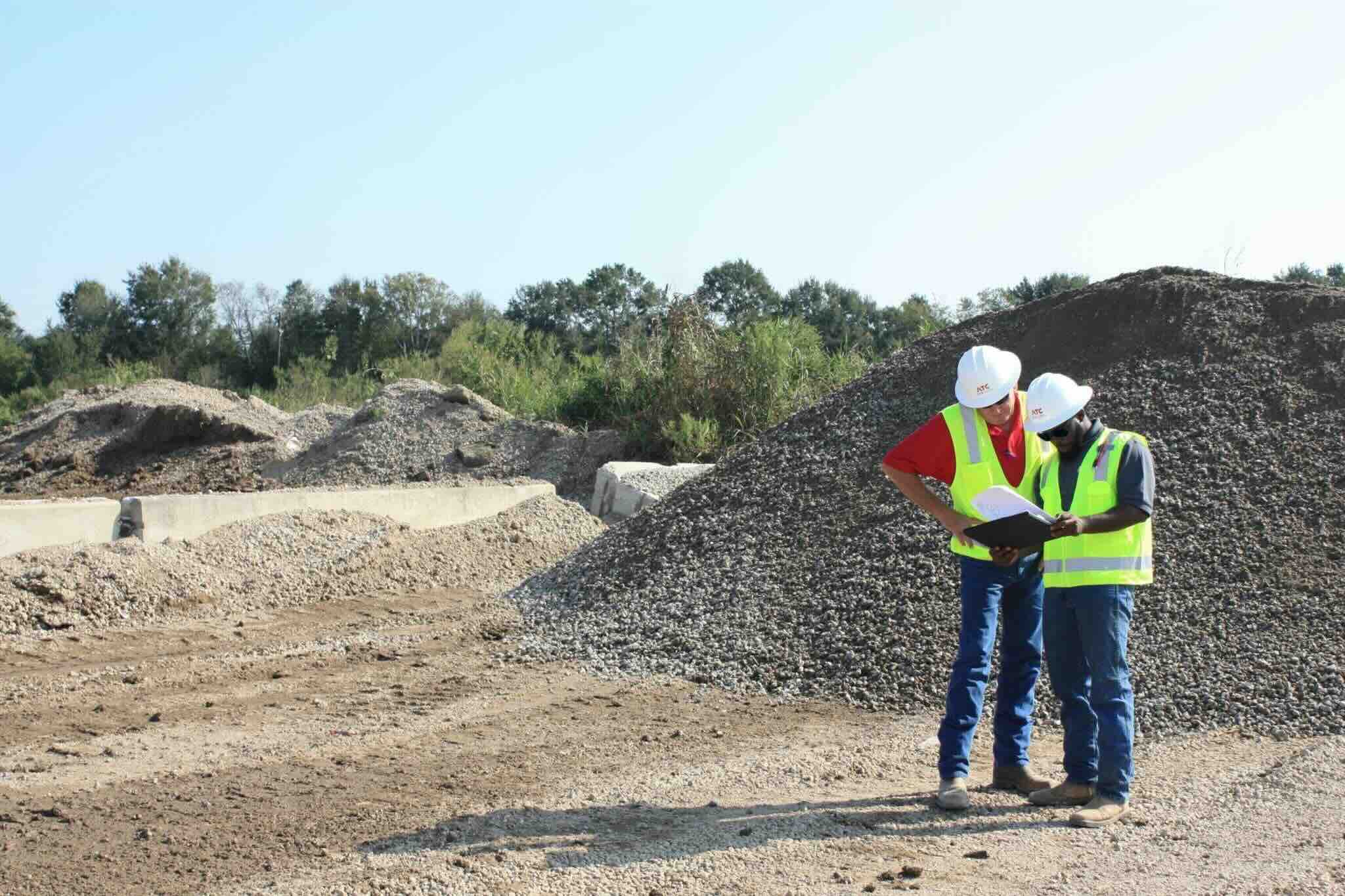

Building & Construction
What Is The Purpose Of Soil Testing For Construction
Modified: January 2, 2024
Discover the importance of soil testing for building construction purposes. Ensure your construction project's success by understanding the quality and characteristics of the soil.
(Many of the links in this article redirect to a specific reviewed product. Your purchase of these products through affiliate links helps to generate commission for Storables.com, at no extra cost. Learn more)
Introduction
When it comes to construction projects, the stability and durability of the structure are of utmost importance. The foundation of any construction project lies in the quality of the soil on which it is built. The soil that supports a building plays a crucial role in determining its overall strength and longevity. This is where soil testing comes into play.
Soil testing is a process that involves evaluating the properties of the soil at a construction site to determine its suitability for building foundations. It provides valuable insights into the soil composition, strength, and stability, which are essential for making informed decisions during the construction process.
In this article, we will explore the importance of soil testing in construction, how it helps in assessing the soil properties, and why it is crucial for preventing foundation failure. We will also delve into the various testing methods and procedures, as well as how to interpret soil test results and utilize them for construction planning. By the end of this article, you will gain a comprehensive understanding of why soil testing is a crucial step in the construction process.
Key Takeaways:
- Soil testing in construction is crucial for assessing soil properties, preventing foundation failure, and optimizing construction planning. It provides valuable insights for designing stable and durable structures.
- By conducting soil testing, construction professionals can mitigate risks, save costs, and ensure the long-term stability and safety of buildings. It offers numerous benefits, including improved construction planning and optimized soil management.
Importance of Soil Testing in Construction
Soil testing plays a vital role in construction projects as it provides essential information about the soil’s properties, allowing engineers and builders to assess its suitability for various construction activities. Let’s explore the key reasons why soil testing is crucial in the construction industry:
- Foundation Design: The foundation of any structure is the key to its stability. By conducting soil tests, engineers can determine the type of foundation necessary for the specific soil conditions. Whether it is a shallow or deep foundation, the soil test results help in designing a robust and safe foundation system.
- Load-Bearing Capacity: Different soils have different load-bearing capacities. Soil testing helps in assessing the soil’s strength and stability, allowing builders to determine the maximum load the soil can support. This information is critical in ensuring that the structure’s weight is adequately distributed and can withstand the anticipated loads over time.
- Settlement Analysis: Settling of the foundation can cause significant damage to a structure. Soil testing helps in understanding the soil’s settlement characteristics, allowing engineers to estimate the potential settlement and take necessary precautions to minimize it. This ensures the long-term stability and integrity of the building.
- Soil Improvement: In some cases, the soil at a construction site may not meet the required standards for construction. Soil testing helps identify soil deficiencies or excessive moisture content that can compromise the stability of the structure. By understanding the specific soil properties, engineers can determine suitable soil improvement techniques such as compaction, stabilization, or drainage to enhance the soil’s quality.
- Environmental Considerations: Soil testing not only assesses the soil’s physical properties but also its chemical composition. This is crucial for evaluating any potential contamination or hazardous materials in the soil, such as pollutants or heavy metals. By identifying such issues early on, appropriate measures can be taken to mitigate any environmental risks.
In summary, soil testing is essential in construction as it provides crucial information about the soil’s characteristics, load-bearing capacity, settlement analysis, and potential environmental risks. This knowledge allows engineers and builders to design and construct structures with confidence, ensuring their safety, stability, and longevity.
Understanding Soil Composition
In order to fully comprehend the importance of soil testing in construction, it is crucial to understand the composition of soil. Soil is a complex mixture of minerals, organic matter, water, and air. It is typically made up of four main components:
- Mineral Particles: These are the inorganic components of soil, including sand, silt, and clay. The proportions of these particles determine the soil’s texture and affect its moisture retention, drainage capabilities, and load-bearing capacity. Sandy soils have larger particles and are generally well-drained but have lower fertility. Clay soils, on the other hand, have smaller particles and tend to retain moisture but are prone to compaction.
- Organic Matter: Organic matter refers to the decayed remains of plants and animals in the soil. It provides essential nutrients, improves soil structure, and enhances its water-holding capacity. The presence of organic matter can significantly impact soil fertility and overall soil health.
- Water: Soil can hold varying amounts of water depending on its texture and structure. The ability of soil to retain and drain water is crucial for plant growth, as well as for determining the stability and potential swelling or shrinkage of the soil.
- Air: Air is essential for the soil ecosystem and the root respiration of plants. Adequate air circulation within the soil ensures the proper exchange of gases and allows roots to access oxygen.
The composition of soil can vary significantly from one location to another, even within a small area. Factors such as climate, topography, vegetation, and geological processes all influence the formation and composition of soil.
Understanding the composition of the soil is crucial for successful construction projects. Different soil compositions have varying physical properties, such as density, porosity, permeability, and shear strength. These properties directly impact the load-bearing capacity of the soil, its drainage capabilities, and its response to external forces such as settling or expansion.
Soil testing helps analyze the composition and properties of the soil, enabling engineers and builders to make informed decisions about foundation design, soil improvement methods, and overall construction planning. By gaining a thorough understanding of the soil composition, construction professionals can mitigate potential risks and ensure the structural integrity and stability of the building.
Assessing Soil Properties
Assessing the properties of the soil is a critical step in soil testing for construction purposes. It involves evaluating various characteristics of the soil to determine its suitability for building foundations and other construction activities. Let’s explore some key soil properties that are commonly assessed:
- Soil Texture: Soil texture refers to the relative proportions of sand, silt, and clay particles in the soil. It is an essential property as it influences soil permeability, water-holding capacity, and compaction characteristics. Different soil textures have varying engineering properties, which impact the foundation design and construction methods.
- Moisture Content: The moisture content of the soil is crucial as it affects its engineering behavior and stability. Dry soils can lead to settlement issues, while overly saturated soils can cause instability and low bearing capacity. Determining the optimal moisture content is essential for soil compaction during construction.
- Compaction Characteristics: Soil compaction refers to the densification of soil particles to increase its load-bearing capacity and reduce settlement. Assessing the compaction characteristics of the soil helps determine the appropriate compaction methods and monitoring during construction to achieve the desired density and stability.
- Permeability: Permeability refers to the ability of soil to allow water to pass through it. It is an essential property for drainage and preventing water accumulation around the foundation. Evaluating the permeability helps in designing suitable drainage systems to prevent issues such as waterlogging and foundation damage.
- Shear Strength: Shear strength is a measure of the soil’s resistance to deformation or failure under applied forces. It is crucial for assessing the stability and bearing capacity of the soil. Evaluating shear strength helps determine suitable foundation types and methods for the specific soil conditions.
- Chemical Composition: Soil testing also involves analyzing the chemical composition of the soil. This includes assessing the presence of harmful substances, pH levels, and nutrient content. Understanding the chemical composition of the soil helps identify any potential environmental risks and allows for appropriate remediation measures.
By assessing these soil properties, engineers and builders can gain valuable insights into the behavior and characteristics of the soil. This information is crucial for making informed decisions about foundation design, construction methods, soil improvement techniques, and overall project planning. Understanding the soil properties ensures that the construction project is built on a stable and suitable foundation with minimal risk of settlement or failure.
Determining Soil Suitability for Construction
One of the primary objectives of soil testing is to determine the suitability of the soil for construction purposes. Soil suitability refers to the ability of the soil to provide a stable and supportive foundation for a building or structure. Let’s explore the key factors considered when determining soil suitability for construction:
- Bearing Capacity: The bearing capacity of the soil is a crucial factor in determining its suitability for construction. The bearing capacity refers to the maximum load that the soil can support without excessive settlement or failure. Soil tests help estimate the bearing capacity based on the soil’s strength, density, and other properties, ensuring that the soil can support the anticipated loads of the structure.
- Settlement Potential: Soil settlement occurs when the soil beneath a structure compresses or consolidates, leading to uneven sinking. Determining the settlement potential of the soil is essential as excessive settlement can cause significant damage to the structure. Soil tests assess the soil’s consolidation characteristics, conductivity, and compressibility to estimate potential settlement and take appropriate measures to minimize it.
- Groundwater Conditions: Groundwater levels and soil moisture content play a critical role in soil suitability. Excessively high groundwater levels or poor drainage can lead to soil instability and foundation problems. Soil testing evaluates the soil’s permeability, water-holding capacity, and drainage characteristics to determine if the groundwater conditions are suitable for construction.
- Soil Liquefaction: Soil liquefaction occurs when saturated soil temporarily loses its strength during an earthquake or other dynamic loads, leading to significant structural damage. Soil tests assess the potential for liquefaction by evaluating the soil’s composition, silt content, and seismic activity in the area.
- Expansive Soils: Expansive soils can cause foundation heaving or cracking due to their high clay content and ability to swell and shrink with changes in moisture content. Soil testing helps identify the presence of expansive soils and assess their potential impact on the stability and longevity of the structure.
By considering these factors, soil testing provides valuable insights into the suitability of the soil for construction purposes. It allows engineers and builders to make informed decisions about foundation design, construction methods, and necessary soil improvement techniques. By ensuring that the soil is suitable for construction, the risk of foundation failure, settlement, and other structural issues is significantly reduced, resulting in a more durable and stable building.
Read more: Who Does Soil Testing For Construction
Preventing Foundation Failure
Foundation failure is a serious concern in construction projects as it can lead to significant structural damage and even pose risks to the safety of occupants. Soil testing plays a crucial role in preventing foundation failure by providing valuable information about the soil’s properties and behavior. Let’s explore how soil testing helps in preventing foundation failure:
- Understanding Soil Conditions: Soil testing helps engineers gain a thorough understanding of the soil conditions at a construction site. By analyzing soil composition, moisture content, and other properties, they can identify potential issues that could compromise the stability of the foundation. This knowledge allows for appropriate design and construction techniques to be implemented to mitigate these risks.
- Determining Load-Bearing Capacity: Soil testing helps assess the load-bearing capacity of the soil. This information is critical for designing the foundation to ensure it can support the anticipated loads of the structure. By knowing the soil’s capacity, engineers can select suitable foundation types and dimensions to prevent excessive settlement or failure.
- Identifying Poor Soil Conditions: Soil testing helps identify poor soil conditions such as expansive soils or soft clay. These types of soils are prone to settlement, swelling, and shrinkage, which can lead to foundation movement and failure. By recognizing these poor soil conditions, engineers can implement appropriate measures such as soil stabilization or the use of deep foundations to mitigate the risks.
- Monitoring Soil Moisture: Excessive moisture content in the soil can weaken its stability and lead to foundation problems such as settlement or heaving. Soil testing helps assess the moisture content and drainage characteristics of the soil, enabling engineers to design measures to control and manage groundwater levels. Proper drainage systems can be implemented to prevent water accumulation around the foundation and reduce the risk of foundation failure.
- Accounting for Environmental Factors: Soil testing also evaluates the impact of environmental factors on the soil’s stability. These factors may include seismic activity or the presence of contaminants. By considering these environmental factors, engineers can design foundations that are resilient to potential hazards, minimizing the risk of foundation failure.
By utilizing the information obtained through soil testing, engineers can design and construct foundation systems that are tailored to the specific soil conditions. This proactive approach significantly reduces the risk of foundation failure, ensuring the long-term stability and structural integrity of the building. Investing in soil testing during the early stages of a construction project is a crucial step in preventing foundation failure and avoiding costly repairs or potential safety hazards in the future.
Soil testing for construction helps determine the soil’s strength, composition, and suitability for building. It’s crucial for ensuring the stability and safety of any structure.
Testing Methods and Procedures
Soil testing involves various methods and procedures to assess the properties and characteristics of the soil. These tests provide valuable data that helps engineers and builders make informed decisions during the construction process. Let’s explore some common testing methods and procedures used in soil testing:
- Soil Sampling: Soil sampling is the process of collecting representative soil samples from different depths and locations at the construction site. These samples are then analyzed to evaluate various soil properties. Soil samples can be obtained using hand augers, soil sampling tubes, or mechanical drilling equipment.
- Standard Penetration Test (SPT): The Standard Penetration Test is a commonly used in-situ test to determine the soil’s resistance to penetration. A drill rig is used to drive a standard split-spoon sampler into the soil while counting the number of blows required for each increment. The results, known as the “N-value,” provide an indication of the soil’s density and strength.
- Plate Load Test: The Plate Load Test is performed to determine the bearing capacity and settlement characteristics of the soil. A large plate is loaded incrementally with known loads, and the resulting settlement is measured. This test helps determine the maximum load that the soil can support without excessive settlement.
- Triaxial Test: The Triaxial Test is a laboratory test used to evaluate the shear strength and stress-strain behavior of the soil. It involves applying different levels of confining pressure to a cylindrical soil sample while subjecting it to axial loading. This test helps assess the shear strength parameters required for designing foundations and retaining structures.
- Permeability Test: Permeability tests are conducted to assess the soil’s ability to allow water to pass through it. The most commonly used permeability test is the constant head or falling head test, where water is allowed to flow through a soil sample, and the rate of water movement is measured. This test helps evaluate the soil’s drainage characteristics.
- Proctor Test: The Proctor Test is performed to determine the optimal soil compaction characteristics. It involves compacting soil samples at various moisture content levels and densities, and then measuring their dry density. The results help determine the compaction specifications for soil during construction.
These are just a few examples of the testing methods and procedures used in soil testing for construction. The specific tests conducted will depend on the project requirements, soil conditions, and the expertise of the geotechnical engineer or soil scientist involved. By utilizing these testing methods and procedures, engineers can gather crucial data about the soil’s properties, allowing for informed decision-making and appropriate design and construction techniques.
Interpreting Soil Test Results
Interpreting soil test results is a crucial step in the soil testing process. It involves analyzing the data obtained from various tests and deriving meaningful insights about the soil’s properties and behavior. Here are key factors to consider when interpreting soil test results:
- Particle Size Distribution: Soil test results often provide information about the soil’s particle size distribution. This helps determine the soil texture, which influences its compaction characteristics, drainage capabilities, and load-bearing capacity. Sandy soils have larger particles and are well-drained but less fertile, while clay soils have smaller particles and retain more moisture but are prone to compaction.
- Compaction Characteristics: Soil test results provide data on the soil’s compaction characteristics, such as its maximum dry density and optimal moisture content. These values help identify the required compaction effort during construction to achieve the desired soil density and stability.
- Shear Strength Parameters: Soil test results provide information about the soil’s shear strength parameters, such as cohesion and internal friction angle. These values are crucial for calculating slope stability, designing foundations, and assessing the soil’s response to applied loads.
- Permeability: Soil test results indicate the soil’s permeability, which determines its ability to allow water to flow through it. The permeability values help assess the soil’s drainage capabilities and aid in designing suitable foundation drainage systems.
- Bearing Capacity: Soil test results provide an estimation of the soil’s bearing capacity, which represents its ability to support applied loads without excessive settlement. This information is crucial for designing foundations and determining the load limits of the soil.
- Expansive or Problematic Soils: Soil test results help identify the presence of expansive soils or other problematic soil conditions. These soils can cause foundation heaving, settlement, or swelling, and require specific design and soil treatment measures to mitigate the associated risks.
- Chemical Composition: Soil test results may include data on the soil’s chemical composition, such as the pH level and nutrient content. Understanding the chemical properties of the soil is crucial for evaluating its fertility and potential impacts on plant growth or environmental considerations.
Interpreting soil test results requires expertise and knowledge of geotechnical engineering or soil science. It is essential to consider these results in the context of the specific construction project and its requirements. By understanding and interpreting the soil test results accurately, engineers and builders can make informed decisions and implement appropriate design and construction measures to ensure the stability, durability, and safety of the structure.
Using Soil Test Results for Construction Planning
Soil test results provide valuable insights that are essential for effective construction planning. By utilizing the data obtained from soil testing, engineers and builders can make informed decisions and implement appropriate strategies to ensure the success of the construction project. Here’s how soil test results are used in construction planning:
- Foundation Design: Soil test results help determine the type of foundation suitable for the specific soil conditions at the construction site. Whether it’s a shallow foundation, such as spread footings or slab-on-grade, or a deep foundation like piles or caissons, the soil test results guide the design process by providing crucial information about the soil’s load-bearing capacity and other properties.
- Soil Improvement: In some cases, the soil at a construction site may not meet the required standards for construction. Soil test results help identify soil deficiencies or excessive moisture content that can compromise the stability of the structure. With these results, engineers can determine suitable soil improvement techniques such as compaction, stabilization, or drainage, ensuring the soil’s quality meets the necessary standards.
- Construction Methods and Techniques: Soil test results guide the selection of appropriate construction methods and techniques. For example, if the soil is highly cohesive and has low permeability, it may be necessary to utilize techniques such as soil stabilization or the use of specialized equipment to achieve proper compaction. The test results provide valuable information to determine the most efficient and effective construction methods for the specific soil conditions.
- Site Drainage and Grading: Poor site drainage can lead to water accumulation around the foundation, causing instability and potential damage. Soil test results aid in designing appropriate site drainage systems and establishing proper grading to ensure water is effectively directed away from the structure, reducing the risk of foundation problems and water-related damage.
- Environmental Considerations: Soil test results may provide information about the soil’s chemical composition and potential contaminants. This data is crucial for implementing appropriate environmental measures and remediation techniques to ensure compliance with environmental regulations and prevent any adverse effects on the surrounding ecosystem.
By using soil test results for construction planning, engineers and builders can make informed decisions that lead to the successful completion of a project. The data obtained from soil testing allows for accurate design, selection of suitable construction methods, and implementation of necessary measures to ensure the stability, safety, and durability of the structure. Incorporating soil test results into the construction planning process reduces potential risks and helps optimize construction efforts to achieve a successful outcome.
Benefits of Soil Testing in Construction
Soil testing is a crucial step in the construction process that offers several key benefits. Here are some of the primary advantages of soil testing in construction:
- Foundation Design and Stability: Soil testing provides valuable information about the soil’s properties, including its bearing capacity, settlement potential, and shear strength. This allows engineers to design foundations that are tailored to the specific soil conditions, ensuring stability and minimizing the risk of foundation failure.
- Cost Savings: By conducting soil testing, construction professionals can determine the optimal foundation design and construction methods, reducing the risk of unexpected issues during construction. This proactive approach helps avoid costly repairs or modifications later in the project, saving both time and money.
- Improved Construction Planning: Soil test results guide construction planning by providing insights into soil characteristics and behavior. This aids in selecting appropriate construction methods, optimizing site grading and drainage, and implementing soil improvement techniques, leading to efficient and effective construction operations.
- Risk Mitigation: Soil testing helps identify potential risks such as expansive soils, excessive moisture content, or poor soil conditions. By understanding these risks early on, engineers can implement appropriate measures to mitigate them, reducing the likelihood of future problems and ensuring the durability and longevity of the structure.
- Environmental Considerations: Soil testing evaluates the chemical composition and potential presence of contaminants in the soil. This is crucial for complying with environmental regulations and implementing necessary remediation measures to prevent any adverse effects on the environment.
- Optimized Soil Management: Soil testing provides insight into soil characteristics, enabling efficient soil management practices. This includes proper soil compaction, soil stabilization, and optimal drainage design, resulting in a strong and stable foundation and minimizing the risk of soil-related issues.
- Long-Term Structural Integrity: By assessing the properties of the soil, soil testing ensures the long-term stability and structural integrity of the building. It helps avoid issues such as settlement, heaving, or excessive deformation, which can lead to significant damage or structural failure in the future.
Overall, soil testing in construction offers numerous benefits by providing critical information about soil properties, enabling informed decision-making, and reducing risks. By incorporating soil testing into the construction process, engineers and builders can optimize design and construction strategies, resulting in stable, safe, and cost-effective structures that stand the test of time.
Conclusion
Soil testing is a fundamental and essential step in the construction process. It provides valuable information about the soil’s properties, characteristics, and behavior, enabling engineers and builders to make informed decisions during the planning, design, and construction phases of a project. By understanding the soil composition, load-bearing capacity, settlement potential, and other important factors, construction professionals can ensure the stability, durability, and safety of the structure.
Throughout this article, we have explored the significance of soil testing in construction and its various benefits. Soil testing helps in determining the suitability of the soil for construction, preventing foundation failure, optimizing foundation design, and improving construction planning. It also aids in assessing soil properties, such as texture, moisture content, compaction characteristics, permeability, and shear strength.
The results of soil testing are crucial for making informed decisions in construction planning, including foundation design, soil improvement techniques, drainage systems, and environmental considerations. By utilizing the insights offered by soil testing, construction professionals can mitigate risks, save costs, and optimize construction operations.
In conclusion, soil testing is an indispensable component of the construction process. It provides a deep understanding of the soil’s properties and behavior, allowing for precise foundation design and appropriate construction techniques. By investing in soil testing, construction projects can be built on a solid foundation, ensuring the long-term stability, durability, and safety of the structure.
Frequently Asked Questions about What Is The Purpose Of Soil Testing For Construction
Was this page helpful?
At Storables.com, we guarantee accurate and reliable information. Our content, validated by Expert Board Contributors, is crafted following stringent Editorial Policies. We're committed to providing you with well-researched, expert-backed insights for all your informational needs.
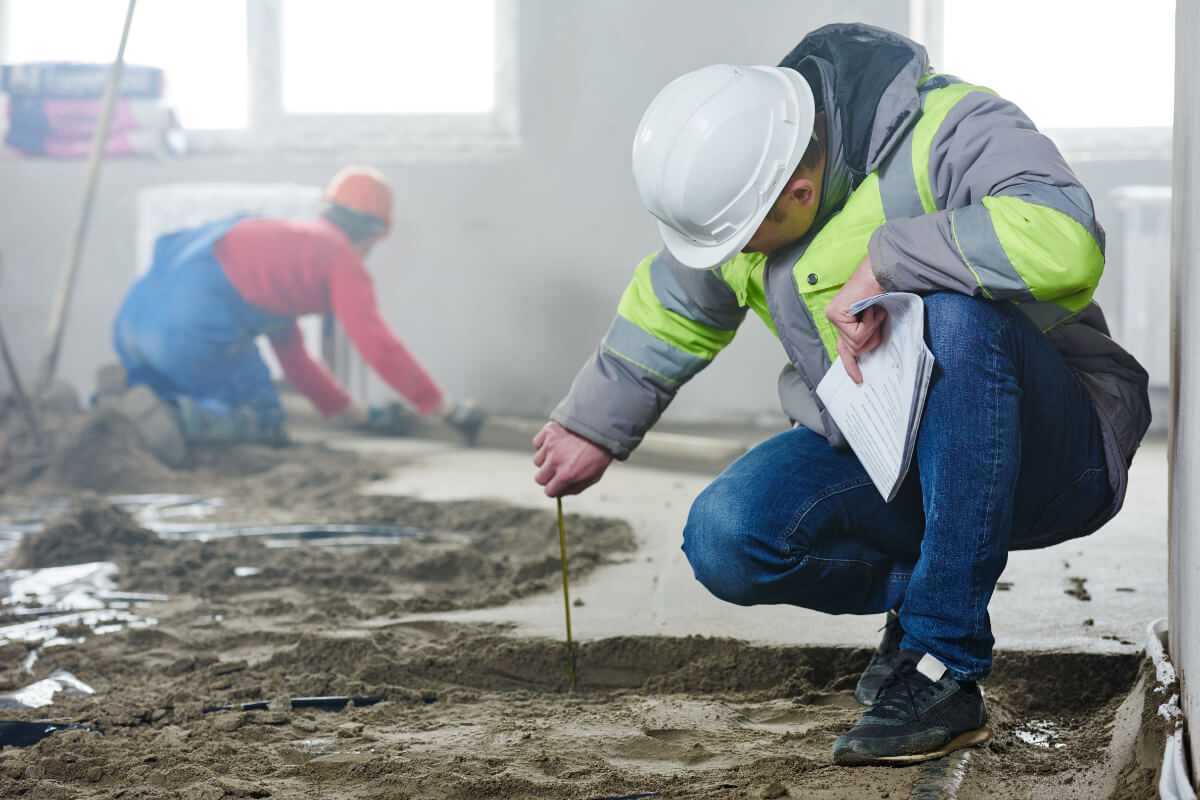

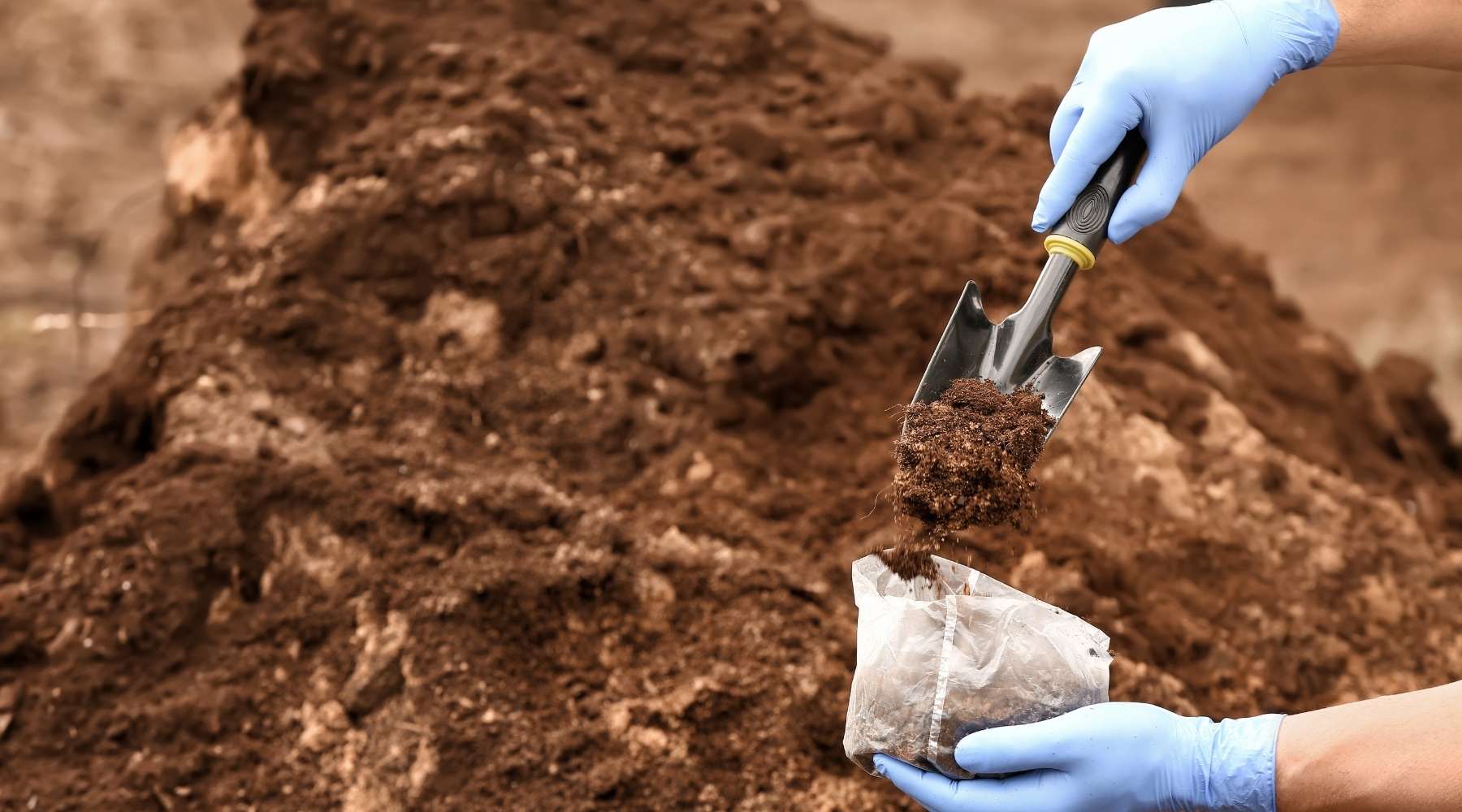





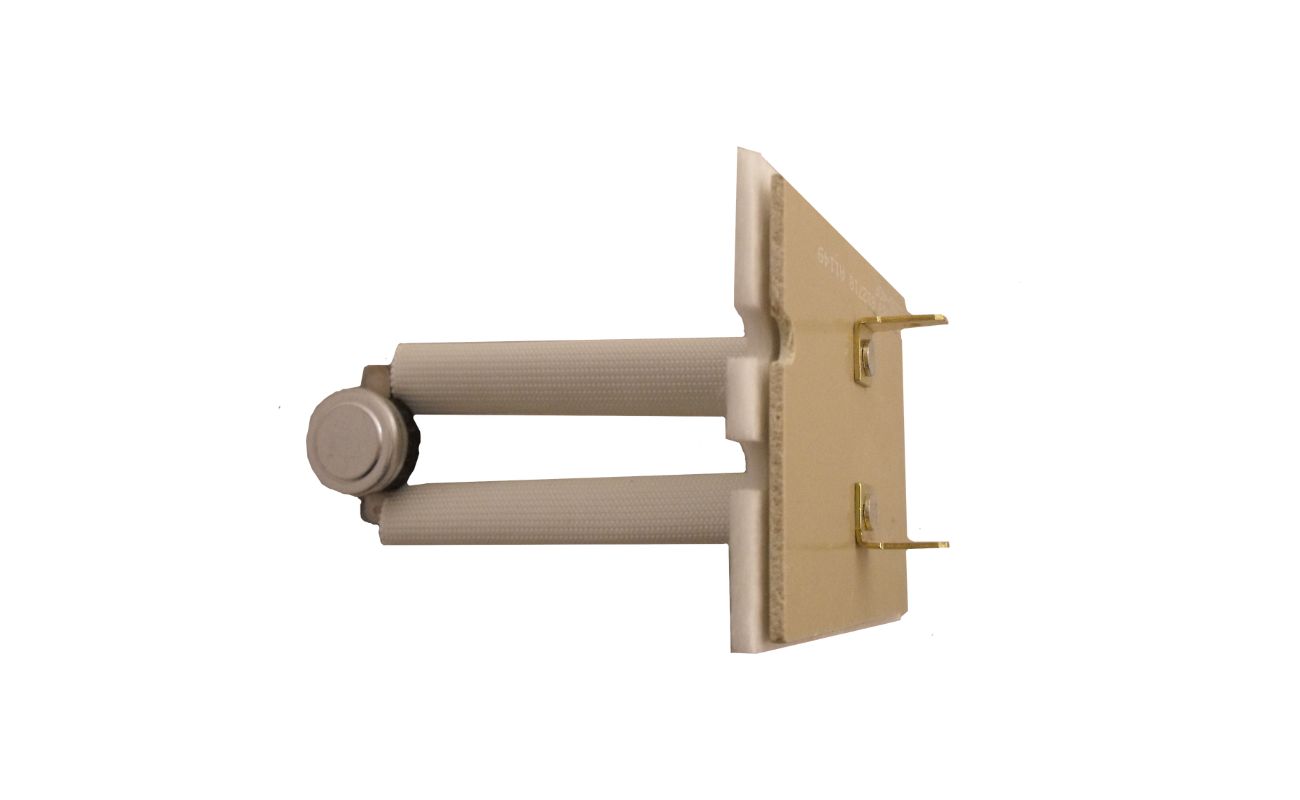
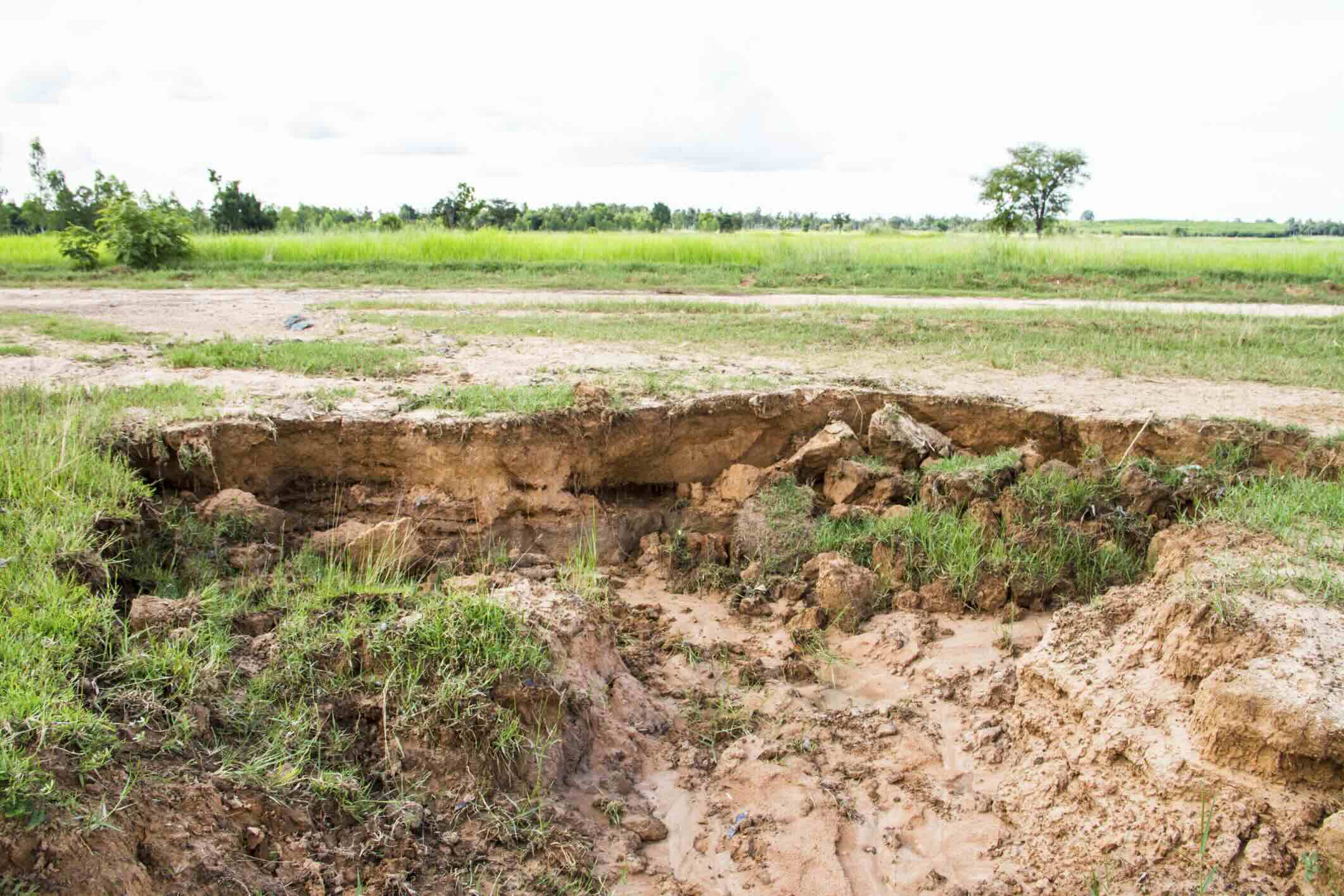




0 thoughts on “What Is The Purpose Of Soil Testing For Construction”